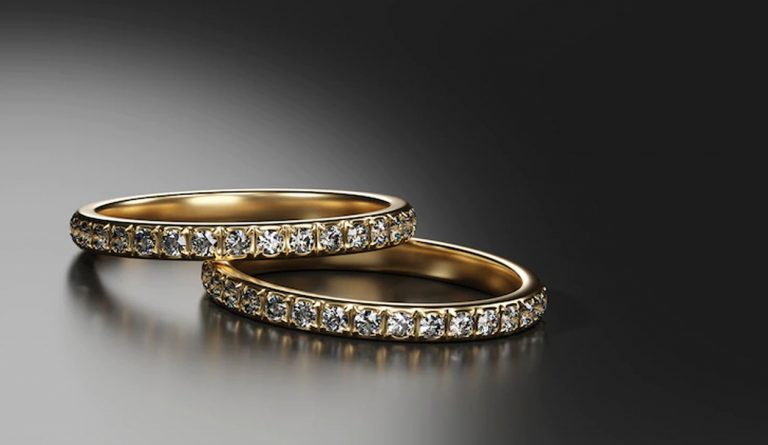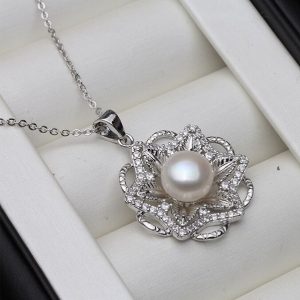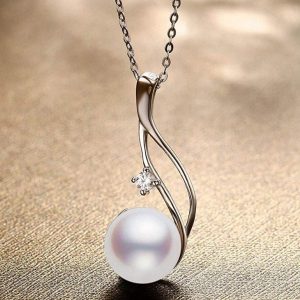Blog
Why Indian women wear silver toe rings
The Tradition of Silver Toe Rings in Indian Culture: Symbolism and Significance
In Indian culture, jewelry has always been more than just a means of adornment; it carries deep cultural, social, and even spiritual meanings. Among the various forms of traditional jewelry worn by Indian women, silver toe rings, known as bichiya in Hindi, hold a unique place, particularly in the life of a married woman. These small, often understated accessories are rich in history and significance, playing an important role in a woman’s marital status, health, and overall well-being.
1. A Symbol of Marriage and Commitment
The primary significance of silver toe rings lies in their role as a symbol of matrimony. Much like the mangalsutra or sindoor, the toe ring is an important part of the solah shringar, or the sixteen traditional adornments of a married woman. In most Indian cultures, toe rings are worn by women after marriage, symbolizing their marital status. They are typically worn on the second toe of both feet and are presented to the bride during the wedding ceremony, often by the husband or elder women in the family.
The act of wearing toe rings signifies a woman’s commitment to her partner and her acceptance of the responsibilities that come with marriage. In certain regions, it is customary for the groom to place the toe rings on the bride’s toes as part of the wedding rituals, reinforcing the symbolism of a lifelong bond.
2. Health Benefits: Ancient Science Behind Silver Toe Rings
Apart from their cultural and symbolic importance, silver toe rings are also believed to have health benefits rooted in the ancient science of Ayurveda. According to traditional beliefs:
Pressure Points and Blood Circulation: Toe rings are worn on the second toe, which is believed to be connected to the uterus in the body. Applying gentle pressure to this toe through the ring is thought to help regulate blood flow to the reproductive organs, ensuring better menstrual health and supporting fertility. It’s no coincidence that toe rings are usually worn by married women, as these health benefits align with reproductive and sexual wellness.
Balancing Energy: Silver, as a metal, is said to have cooling properties and is known to absorb positive energy while deflecting negative energy. In Ayurveda, wearing silver on the toes helps balance the body’s natural energies and improves overall well-being. Silver is also believed to have antimicrobial properties, protecting the body from infections.
Stress Relief: The pressure applied to specific nerves when wearing toe rings is thought to help manage stress and promote a sense of calm. This gentle stimulation can also contribute to better emotional health, which is especially important for women balancing the demands of marriage, family, and personal life.
3. Cultural Variations and Styles
Although silver toe rings are a common feature across India, there are regional differences in their style and significance. In North India, for example, women typically wear simple silver toe rings, while in South India, more elaborate designs with engravings or inlaid stones are common. In some regions, toe rings are also worn on the third or fourth toes, and the number of rings worn may vary.
In Tamil Nadu, the tradition of wearing mettelu (as they are called in the local language) involves gifting a pair of toe rings by the groom to the bride during the wedding ceremony. In contrast, in some parts of Maharashtra and Gujarat, wearing multiple toe rings is considered a sign of good fortune and prosperity.
4. Silver vs. Gold: A Sacred Distinction
One might wonder why silver is the preferred metal for toe rings, as opposed to gold, which is widely used in Indian jewelry. The answer lies in Hindu beliefs surrounding the sacredness of gold. Gold is considered an auspicious and divine metal, often associated with the gods and goddesses, particularly Lakshmi, the goddess of wealth. It is believed that wearing gold below the waist is disrespectful, as gold is symbolic of the divine and should not touch the ground.
Silver, on the other hand, is associated with the moon and feminine energy, making it appropriate for jewelry worn on the feet. It is both a practical and symbolic choice, reflecting cultural values while providing health benefits through its natural properties.
5. Modern-Day Relevance
While the tradition of wearing silver toe rings remains strong, particularly in rural areas and among more traditional families, its significance has evolved in modern urban life. Many women today wear toe rings as a fashion statement, blending traditional styles with contemporary designs. Even unmarried women sometimes adopt toe rings as a chic accessory, although they are typically worn on toes other than the second, to avoid any marital connotations.
The simple, timeless design of silver toe rings has made them adaptable to modern jewelry trends. Women can be seen pairing them with anklets, nail art, or even western footwear, creating a fusion of traditional and modern aesthetics. Despite this evolving fashion sense, the cultural roots of silver toe rings continue to be respected, especially during festivals, religious ceremonies, and weddings.
Conclusion
The humble silver toe ring is much more than a piece of jewelry—it is a symbol of marital commitment, a reflection of cultural values, and a connection to ancient health traditions. Whether worn for its aesthetic appeal or its deeper meaning, it remains a cherished part of Indian heritage, offering a fascinating blend of tradition, science, and style.
For Indian women, wearing silver toe rings is a way to carry forward centuries-old customs while embracing their personal and cultural identity in the modern world.



